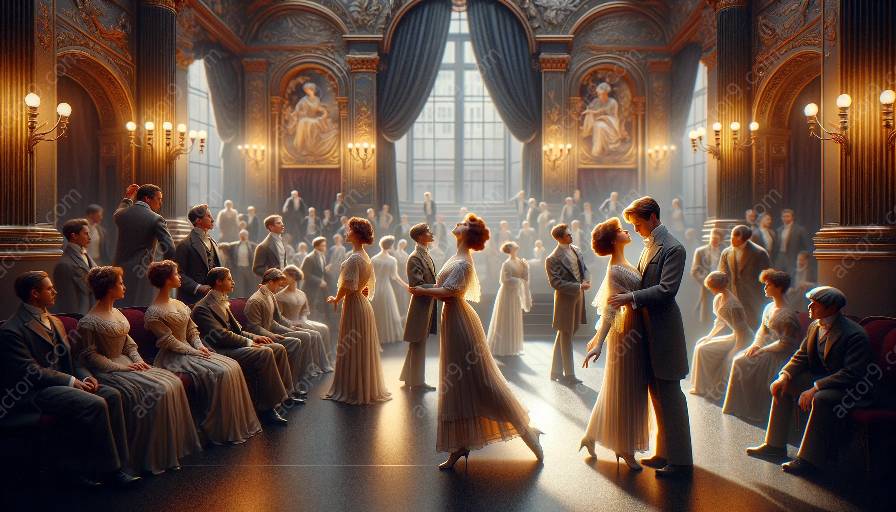The Delsarte System has been a subject of much debate and criticism in the field of performance studies. Born out of the preoccupations of 19th-century actor and teacher François Delsarte, the system has both fascinated and frustrated scholars, practitioners, and critics alike.
One of the primary criticisms of the Delsarte System is its perceived lack of practicality in contemporary performance contexts. Detractors argue that the system's reliance on fixed, codified gestures and poses may hinder spontaneity and emotional authenticity in acting. Some contemporary acting techniques prioritize naturalistic and psychologically-driven approaches, leading to skepticism about the relevance of the Delsarte System in modern performance pedagogy.
Another point of contention revolves around the system's emphasis on physicality and its potential to reinforce stereotypes and conventions. Critics argue that the Delsarte System's focus on idealized movements and static postures may perpetuate restrictive body norms and gendered performance conventions. In a contemporary context that seeks to challenge and redefine traditional representations of diverse bodies and experiences, these aspects of the Delsarte System have sparked important debates.
Conversely, proponents of the Delsarte System argue that its structured approach offers valuable tools for embodiment and expression. They maintain that the system provides a framework for understanding the relationship between movement, emotion, and character, and can enrich an actor's physical and vocal range. Additionally, advocates suggest that the Delsarte System's historical significance and influence on the development of modern acting techniques warrant its continued exploration and study.
Compatibility with Acting Techniques
When considering the Delsarte System in relation to contemporary acting techniques, it's essential to acknowledge its potential for both divergence and convergence. While some elements of the system may differ from current pedagogical approaches, its fundamental principles of embodied expression and the synthesis of movement and emotion bear relevance to various acting methodologies.
Acting techniques such as Stanislavski's system, the Meisner technique, and Laban Movement Analysis share common ground with the Delsarte System in their attention to physicality and the exploration of the mind-body connection. Despite differing emphases and historical contexts, these techniques intersect with the foundational concepts of the Delsarte System, offering a nuanced perspective on its compatibility with contemporary acting practices.
In conclusion, the criticisms and debates surrounding the Delsarte System in performance studies reflect ongoing discussions about tradition, innovation, and the evolving landscape of acting pedagogy. As contemporary practitioners continue to interrogate and reshape the boundaries of performative expression, the Delsarte System remains a subject of critical inquiry and potential reconciliation.













































